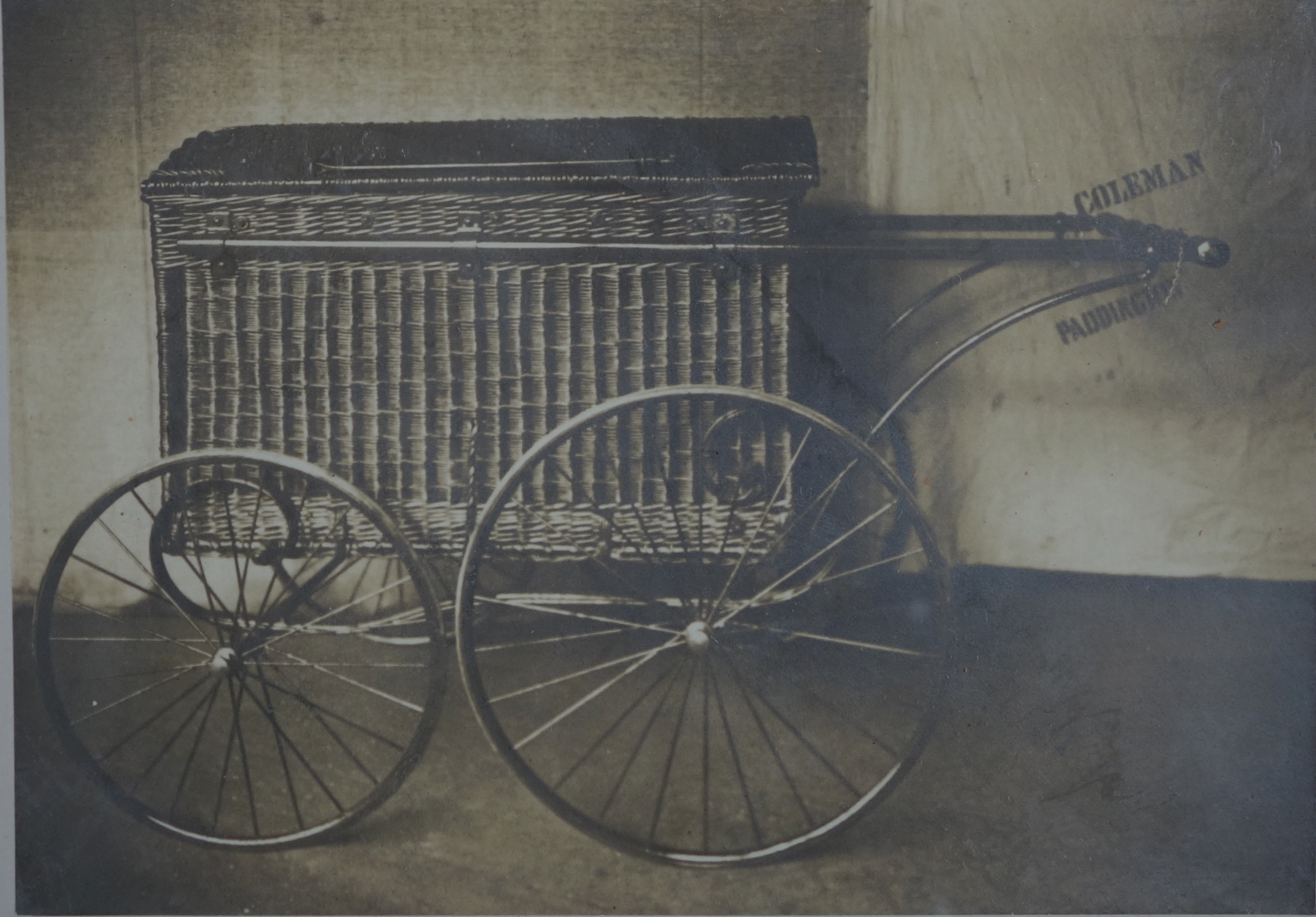This week the police in the Republic of Ireland held a press conference where they displayed a range of weaponry seized from Republican terrorists. Included in the display were rockets which were described as similar to “kassam” rockets used by Palestinian militants in Gaza. Here’s a picture of one of the rockets.
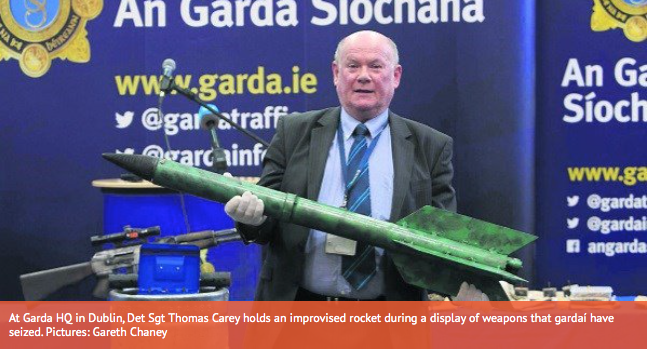
And here’s some Kassam rockets for comparison:
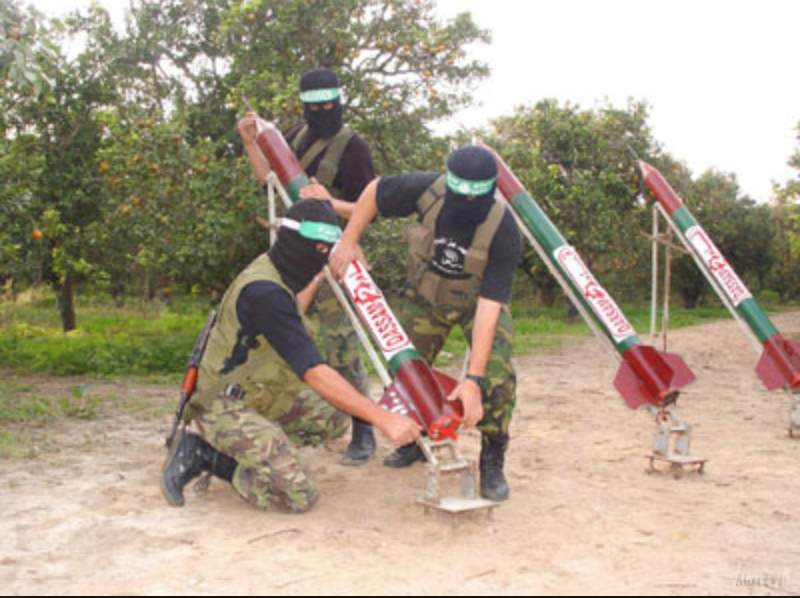
Now of course there is some alarm at this, and understandably so, but regular readers of this blog will know that a recurring theme of mine is that terrorist weaponry, well, has a recurring theme. And this is a great example. One might think from the press coverage that the occurrence of terrorist rockets is new in Ireland, and that these terrorists might have been exchanging technology with Palestinians. I’m not going to comment on that, but let me highlight something – rockets used by revolutionaries in Ireland aren’t new at all. A couple of years back I ran a series of posts about Irish rebel improvised rockets used in Dublin in 1803. That’s 216 years ago. And frankly they weren’t that dissimilar, a little smaller, but not much so. And I made the point that the designs used by Emmett’s rebels in Dublin in 1803, were actually built on instructions from an English rocket designer, Robert Anderson, from over a hundred years earlier, in 1696. Here’s two pages of those three-hundred-year-old build instructions:
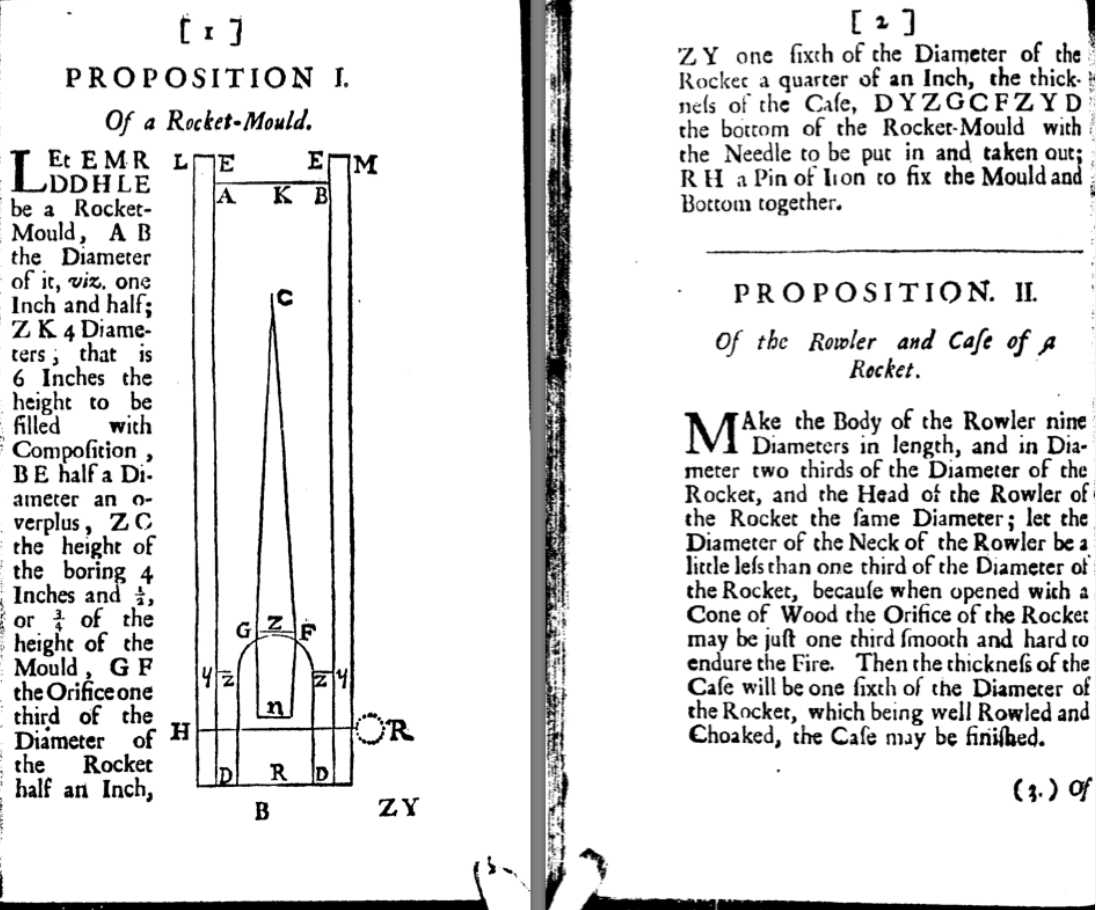
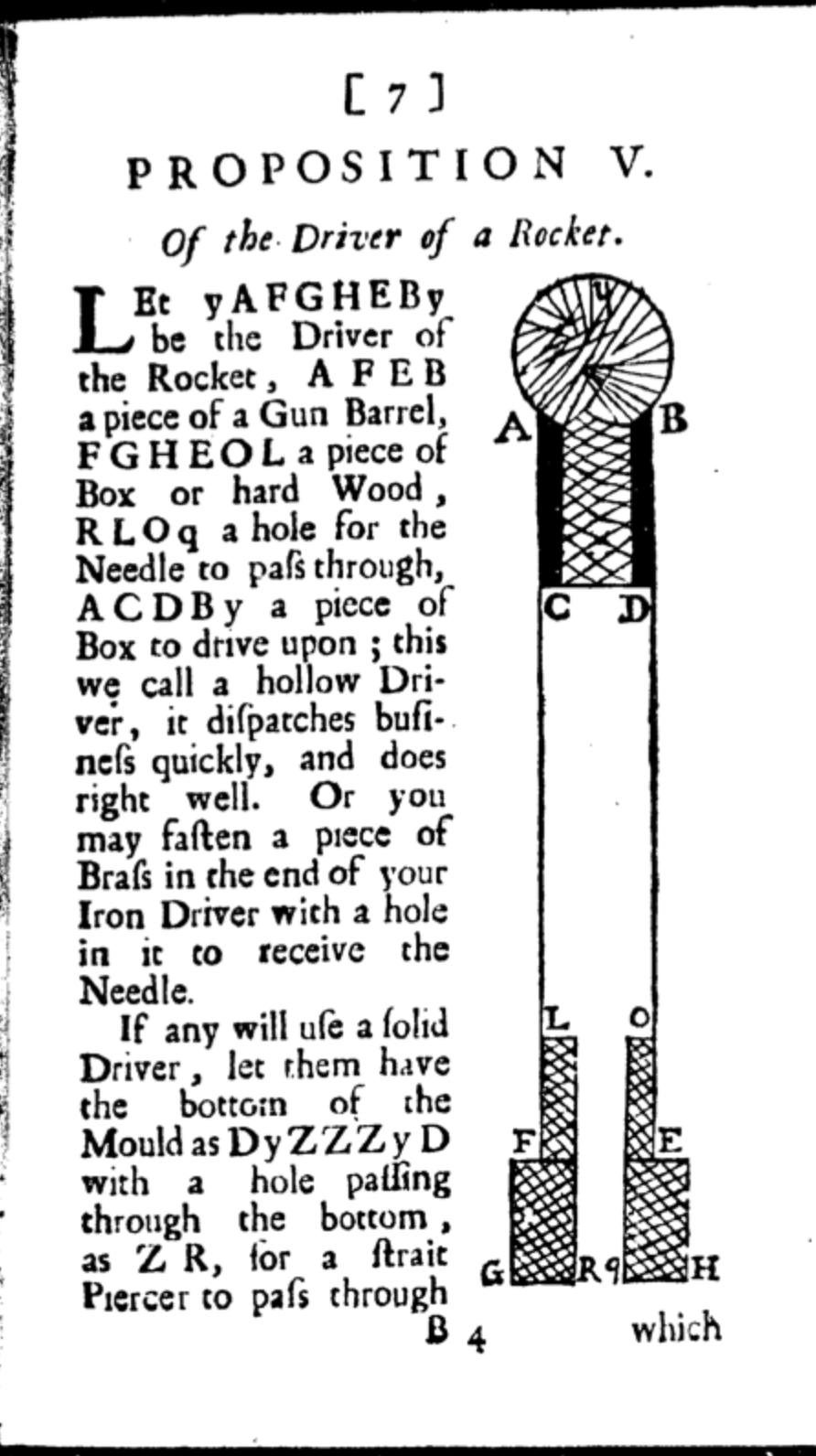
By the way, I still believe that Congreve, who claimed to have invented military rockets in about 1805 was copying Emmet’s designs and inadvertently copying the even older design by Robert Anderson.
Here’s the links to the posts about the Dublin rockets of 1803 and their links to the 1696 design.
http://www.standingwellback.com/home/2012/12/27/woosh-bang-ohnasty.html

